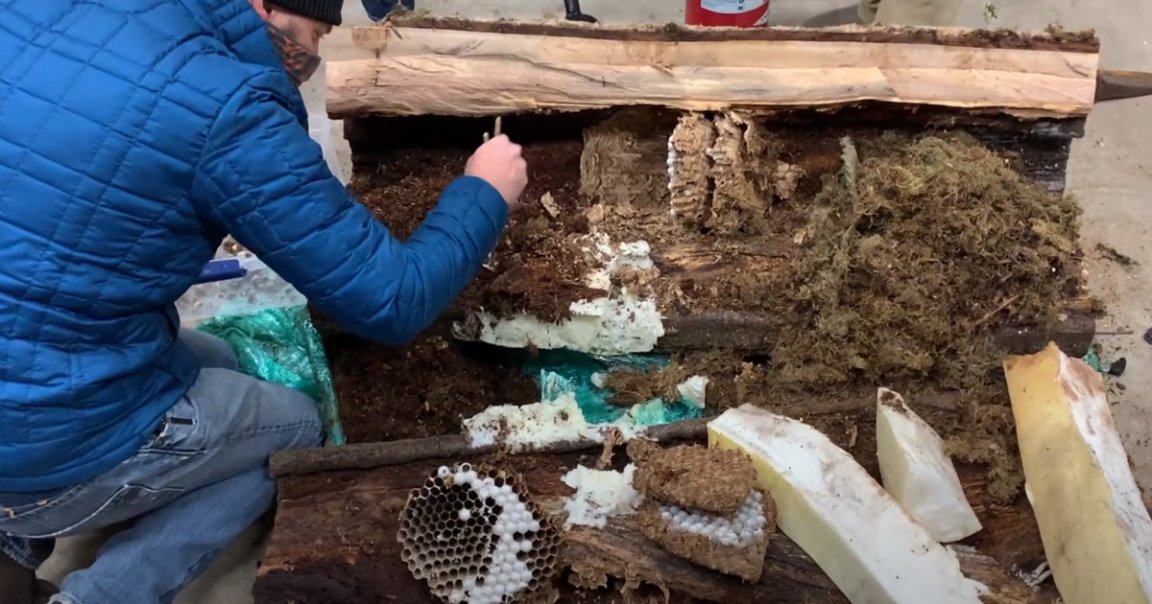
Washington state officials discovered something grizzly earlier this year: live specimens of “murder hornets.”
Signs of the aggressive insect, formally known as the Asian giant hornet, were first spotted in the Pacific Northwest back in December 2019, but only dead hornets were found at the time. Five months later, Washington state officials spotted the wasps emerging from hibernation, ringing alarm bells and making headlines.
Last month, an entire murder hornet nest was spotted north of Seattle, near the Canadian border. And there’s more bad news: according to the Washington State Department of Agriculture, an investigation of the nest found 500 live specimen in various stages of development, ABC News reports — including an astonishing 200 queens. That’s bad news, since each one of those 200 queens has the potential to start its own nest somewhere else.

“As far as we can tell, we got there just in time,” Sven-Erik Spichiger, entomologist, who is leading the charge against the invasive species, told ABC. “We know from the literature that a small percentage of these will go on to form colonies next year, should they have been given the chance to escape.”
The two inch long killers can pose a real threat to bee populations around the country. They’re able to eviscerate beehives in mere hours, decapitating the gentle honeybees and feeding the corpses to their own offspring.
And yes, their stings hurt like hell, but they aren’t deadly to humans unless you go into anaphylactic shock after being swarmed by dozens of them.
The nest also contained 190 larvae, 112 worker bees, and six unhatched eggs. There were another 76 “new virgin queens” as well in their early stages of development.
“From accounts we have, we’re very close to having the majority of [the queen bees], but I can’t give you an absolute, certainly, that we got every single one from the nest,” Spichiger said.
Washington officials have set hundreds of traps to fight the invasive species and eliminate them from the state. It’s an uphill battle, though, as bee populations are already in decline.
Luckily, the murder hornets will start to go dormant around Thanksgiving. But if last year is any indication, some of the killers could still be flying until mid-December.
“The more people are outside and looking at this time of year, the more chances we have,” Spichiger told ABC.
READ MORE: More than 500 ‘murder hornets’ collected from first known nest in US [ABC News]
More on invasive species: Asian Ticks on New Jersey Sheep? Invasive Species Are a Reality of Our Future